LoveSync
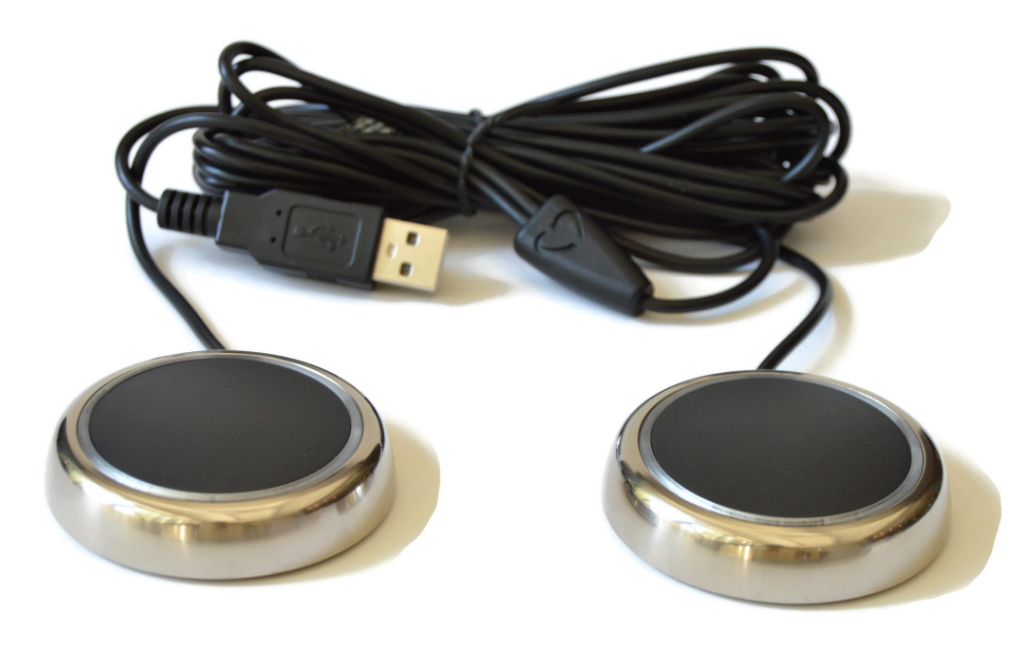
NO DEAL
EPISODE SUMMARY
🕓 Air Date: January 12, 2020
Asking For:
$100,000 for 10%
Investor:
No Deal
Deal:
No Deal
PRODUCT SUMMARY
LoveSync is a relationship-enhancing device that uses buttons placed on nightstands to discreetly signal when both partners are in the mood for intimacy.
WATCH HERE
IN A RUSH?
Click these to jump to the section you want to read.
Background Story
Founded by Jenn and Ryan from Cleveland, Ohio, LoveSync aims to alleviate the challenges couples face in initiating intimate moments. The idea was sparked by a desire to better understand each other’s romantic inclinations on any given night. Ryan, a chief product engineer, and Jenn, the operations manager for a marriage and family counseling practice, combined their expertise to create a unique solution.
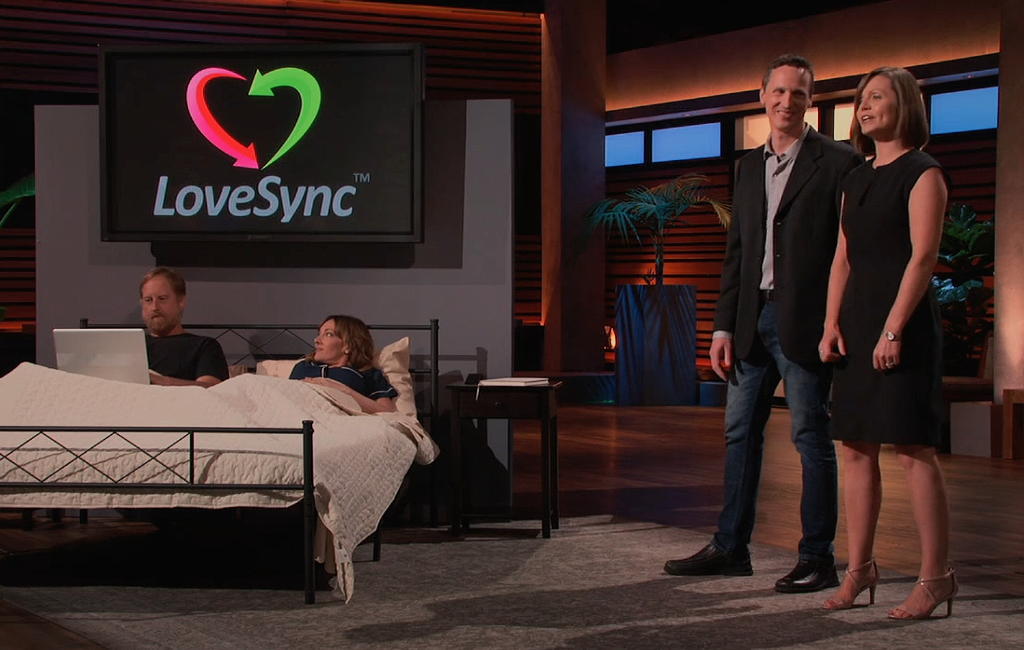
The founders emphasize the real-life scenario where partners might be hesitant to express their desires directly, leading to missed opportunities for connection. The LoveSync buttons were born out of the belief that technology could enhance communication and intimacy in relationships. The couple, having used the buttons for several months, claims that LoveSync has improved their romantic life.
The Product
LoveSync consists of discreet buttons placed on each partner’s nightstand. When one partner is in the mood for intimacy, they tap their button. If the other partner taps their button within a similar timeframe, both buttons emit a swirling glow, indicating a matched mood.
This discreet signaling system is designed to eliminate the need for direct communication about intimate desires and make romantic moments more frequent. The founders describe the product’s usage scenario, emphasizing its simplicity. The buttons are priced around $60, and during their Kickstarter campaign, they sold 400 units, generating $25,000.
The cost to make the buttons is initially $22, expected to decrease to $14 or less with larger production quantities. The founders mention the development of a mobile app to enhance the LoveSync experience, with the potential for a subscription model in the future.
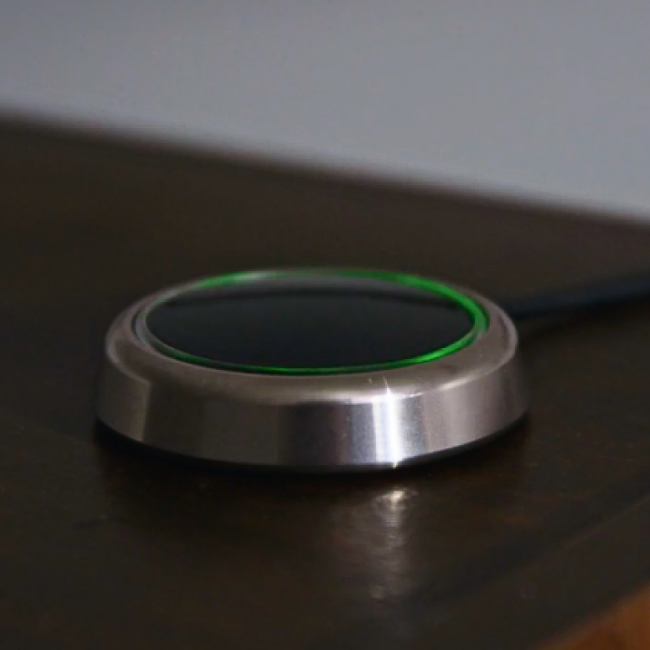
How It Went
The company’s position before Shark Tank
LoveSync’s initial traction came from a Kickstarter campaign, where they raised $25,000 by selling 400 units. The product is priced at approximately $60, competing favorably with alternatives like buying a dozen roses. The cost to produce the buttons is expected to decrease with higher production volumes.
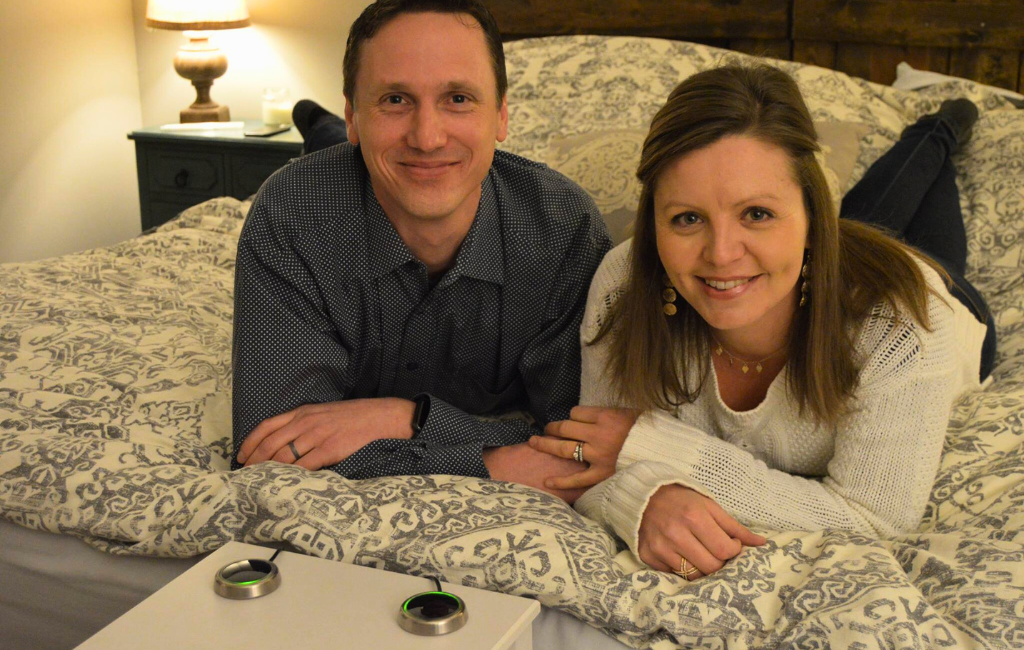
The founders hint at a future subscription model tied to the planned mobile app, aiming to grow their user base gradually and gather feedback. However, there’s limited information on the current health and position of the company, its partners, wholesalers, customers, funding sources, profits and losses, available capital, and organizational structure. The pitch focuses more on the product and its concept than the business aspects.
The Negotiations:
The founders enter the Tank seeking $100,000 for 10% of their company. The Sharks express skepticism about the product, questioning the need for a device to signal romantic moods and suggesting that communication should suffice. Despite presenting initial sales from Kickstarter and discussing their plans for a mobile app, the founders face challenges in conveying a clear business strategy. Kevin O’Leary expresses his doubts about the business plan and ultimately decides not to invest.

Mark Cuban and Barbara Corcoran also opt out, with Mark highlighting concerns about the price point and cost and Barbara pointing out the lack of clarity in the business plan. Robert Herjavec expresses reservations about the basic premise, stating that the product doesn’t align with the importance of communication in relationships. Damon John provides feedback about the romantic aspect of relationships being in communication rather than the device.
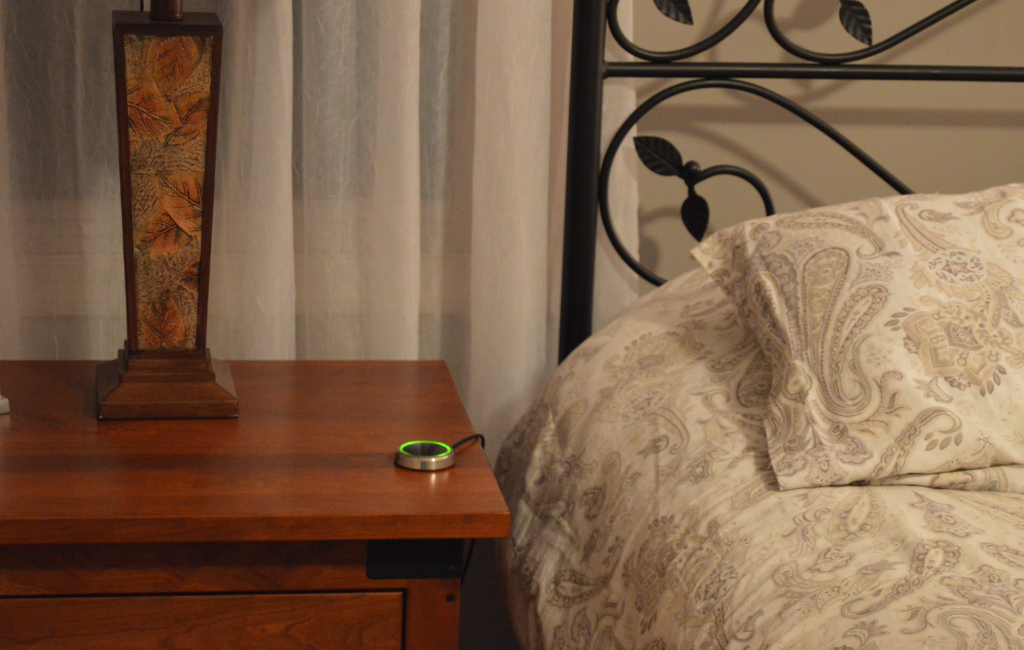
The negotiation takes an unexpected turn as the founders introduce the idea of a mobile app and a subscription model, causing confusion among the Sharks. Lori Greiner points out the lack of focus and organization in the pitch, with the founders failing to adequately address objections and shifting between hardware and app concepts.
Ultimately, all Sharks decide not to invest, citing concerns about the business’s organization, clarity, and the viability of the product. The founders expressed disappointment with their presentation, acknowledging that their excitement about the product may have overshadowed their ability to communicate their plan effectively.







